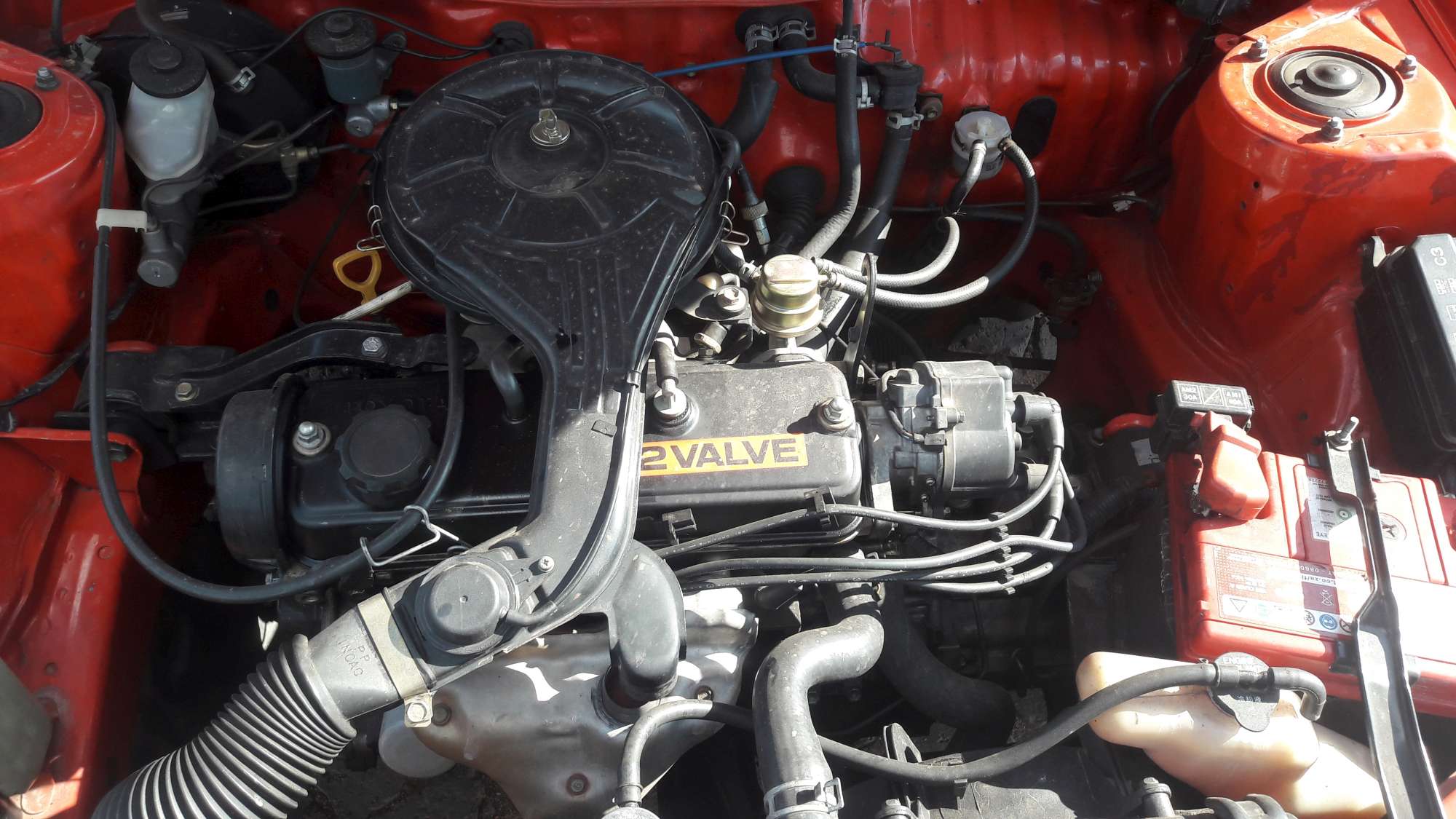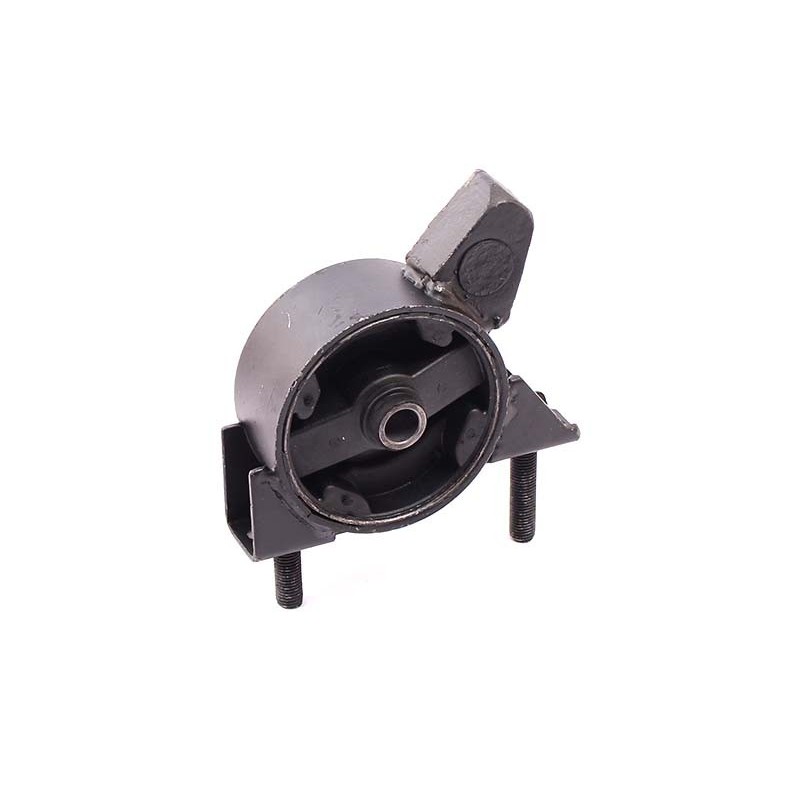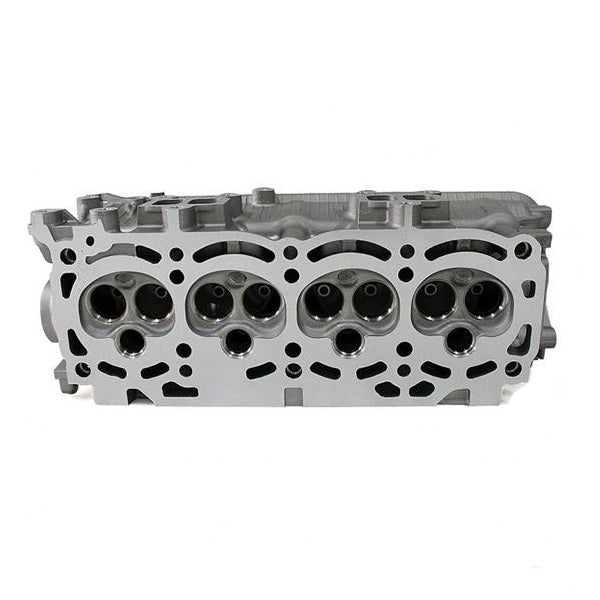Explore the current Patterns in Engine Innovation Via Tazz
In the rapidly advancing landscape of vehicle innovation, Tazz stands at the center, highlighting considerable innovations in engine systems that focus on both innovation and sustainability. From hybrid engines that enhance fuel effectiveness to the development of hydrogen fuel cells, the trends shaping modern-day powertrains are not just improving efficiency yet also addressing important environmental difficulties.
Crossbreed Engine Innovations
Crossbreed engine technologies stand for an essential change in automotive technology, combining the advantages of internal burning engines with electrical propulsion systems. This combination not only enhances gas effectiveness however also decreases discharges, conference progressively rigid environmental regulations. By utilizing both energy sources, hybrid engines can enhance performance, delivering power when required while saving fuel throughout much less demanding motoring conditions.
Recent innovations in crossbreed innovation include renovations in battery efficiency and regenerative stopping systems. These innovations allow for greater power healing during deceleration, which can be redirected to assist in acceleration or power auxiliary systems. Additionally, makers are concentrating on compact layouts and lightweight materials to make best use of the effectiveness of crossbreed powertrains.
The growth of plug-in crossbreeds has also increased the marketplace, making it possible for motorists to bill their vehicles utilizing common electric outlets. This attribute frequently permits substantial all-electric variety, additional decreasing dependence on conventional fuels. tazz. As the automobile industry proceeds to develop, hybrid engine technologies are anticipated to play a critical function in bridging the void between conventional lorries and fully electric models, providing a transitional option that caters to varied customer demands and preferences
Breakthroughs in Electric Powertrains
The vehicle landscape is rapidly advancing, with electrical powertrains arising as a leading force in sustainable transportation. Breakthroughs in electrical automobile (EV) modern technology are substantially boosting individual, effectiveness, and performance experience. Key developments consist of improvements in battery chemistry, which have increased energy thickness, reduced charging times, and extended total battery life.
Solid-state batteries, for instance, promise to transform the market by supplying greater safety and performance contrasted to conventional lithium-ion cells. In addition, innovations in regenerative braking systems are making it possible for vehicles to recuperate energy throughout slowdown, adding to overall efficiency.
In enhancement to battery technology, electric motor layouts are ending up being more advanced. Technologies such as incorporated motors and advanced thermal management systems are aiding to enhance power shipment and lower weight, ultimately improving automobile dynamics.

Collectively, these developments emphasize the commitment to change in the direction of cleaner, a lot more reliable transportation services, placing electric powertrains at the leading edge of automotive technology.
The Surge of Hydrogen Gas Cells
Progressively, hydrogen fuel cells are acquiring traction as a practical option to traditional interior burning engines and battery electrical vehicles. This technology uses the chemical energy saved in hydrogen, converting it right into electricity via an electrochemical response with oxygen. The key by-product of this process is water, making hydrogen gas cells an eco-friendly option with zero exhausts at the tailpipe.

Automakers are increasingly spending in hydrogen gas cell technology, identifying its potential for long-range applications and quick refueling capabilities that rival review standard gas. Furthermore, markets such as durable transportation and public transportation are especially appropriate for hydrogen gas cells, where battery electric services may fail because of weight and array limitations.
As study and investment proceed to expand, hydrogen fuel cells are positioned to play a substantial role in the future landscape of clean transportation and power remedies.
Enhancements in Internal Combustion Engines
Developments in interior combustion engine (ICE) innovation are transforming typical cars to meet contemporary ecological standards and efficiency expectations. Straight fuel shot, for instance, allows for better atomization of gas, leading to more full combustion and improved power outcome.
Furthermore, turbocharging has actually gotten prominence, permitting smaller engines to supply higher efficiency without the weight of larger engines - tazz. This modern technology not only improves efficiency but likewise contributes to decrease fuel usage. Variable shutoff timing systems are likewise being refined, making it possible for engines to adapt to different driving problems for improved torque and responsiveness
Furthermore, making use of light-weight products in engine building and construction is coming to be conventional, further improving gas effectiveness by reducing total car weight. Engine control devices (ECUs) are significantly sophisticated, allowing real-time changes that optimize performance and discharges.
These enhancements jointly indicate an essential change in ICE innovation, lining up with international sustainability objectives while still giving the performance chauffeurs anticipate from their cars. As the industry evolves, these renovations remain to shape navigate here the future of traditional auto engineering.
Future Fads in Engine Performance
Considerable developments in engine effectiveness are prepared for as suppliers focus on incorporating innovative modern technologies to meet rigid environmental policies and customer demands. The change in the direction of electrification, crossbreed systems, and different gas is reshaping the automotive landscape, driving technologies that boost gas economic climate and reduce discharges.
Among the key patterns is the application of sophisticated products and making strategies. Lightweight compounds and high-strength alloys add to reduced vehicle weight, therefore improving total performance. Furthermore, the adoption of turbocharging and variable valve timing innovations allows for boosted power result from smaller sized engines, better enhancing gas economic situation.

Verdict
Technologies in hybrid engine systems, electrical powertrains, and hydrogen fuel cells demonstrate a dedication to reducing exhausts while improving efficiency. Enhancements in interior combustion engines and a focus on lightweight products add to overall engine performance.
From hybrid engines that maximize fuel performance to the development of hydrogen gas cells, the trends shaping modern powertrains click here to read are not only improving performance but likewise dealing with vital environmental difficulties.Hybrid engine innovations represent a critical change in automobile technology, integrating the advantages of internal combustion engines with electrical propulsion systems.In addition, turbocharging has gotten prestige, permitting smaller sized engines to provide higher performance without the weight of bigger engines. In addition, the fostering of turbocharging and variable valve timing modern technologies allows for improved power result from smaller engines, better boosting gas economy.
Improvements in inner burning engines and a focus on light-weight products add to total engine efficiency.